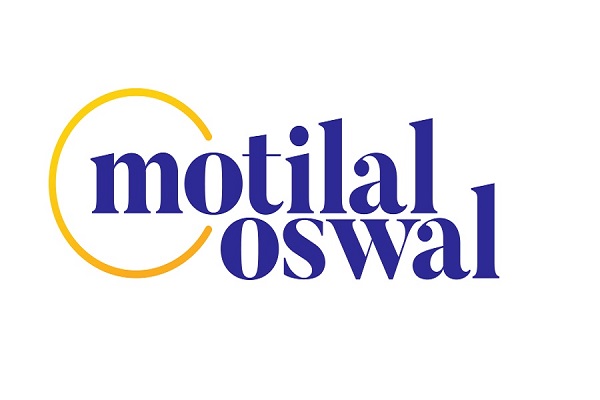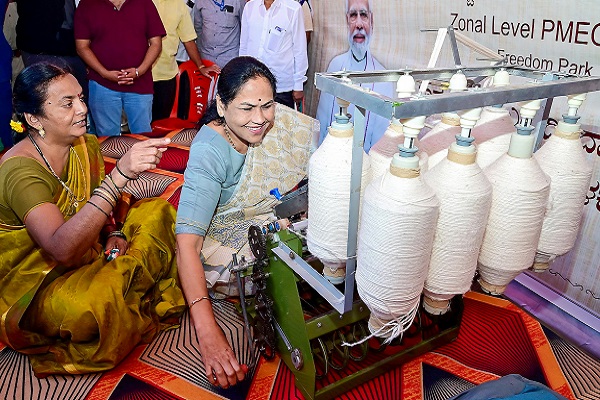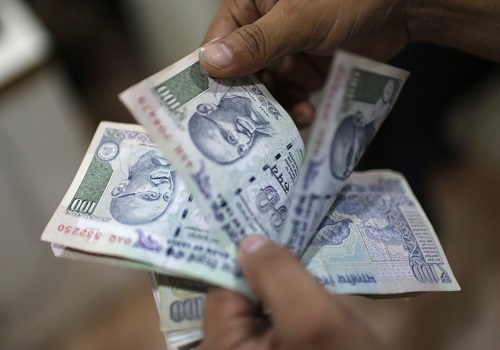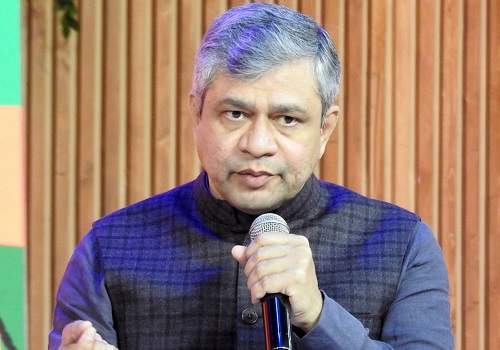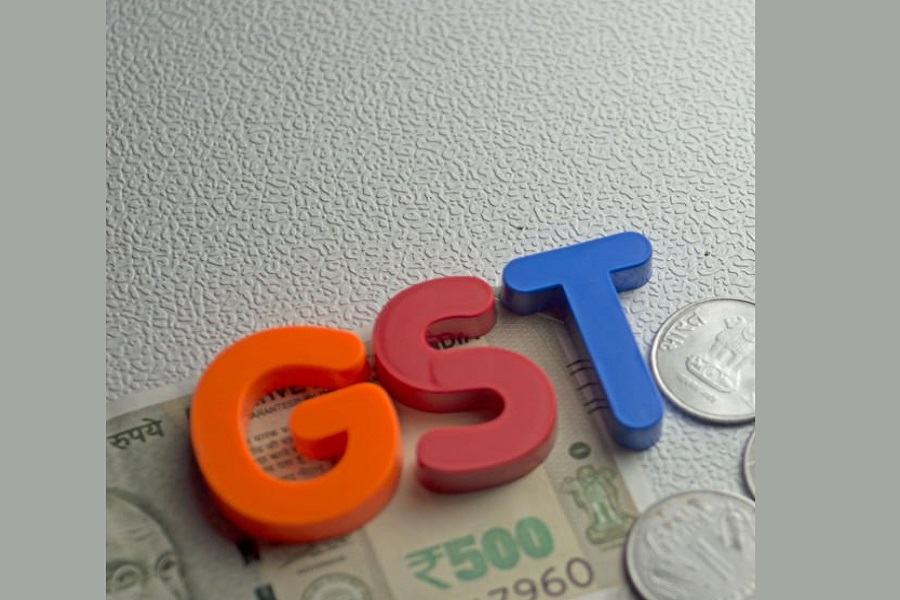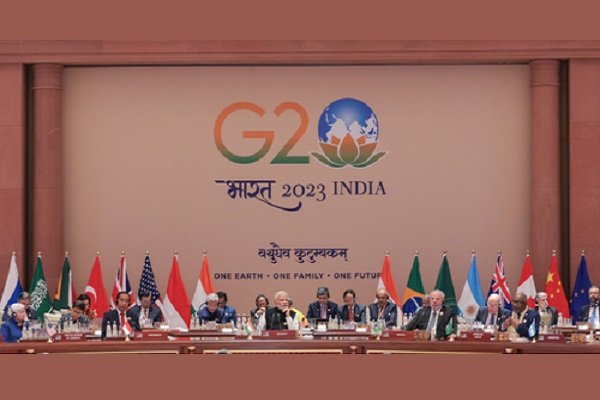Expectations from the Union Budget 2025-26 - Motilal Oswal Financial Services Ltd
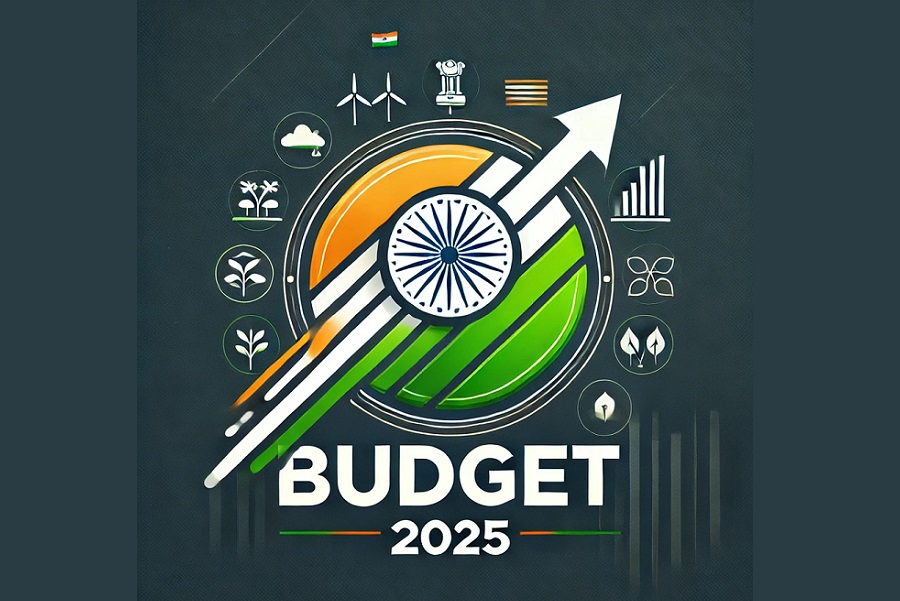
As the Union Budget 2025-26 approaches, the government is grappling with pressing economic challenges, including slower domestic growth, escalating welfare expenditures, and the imperative for sustained capital investment.
This first full-year Budget of the new administration unfolds against a backdrop of subdued economic momentum, a weakening rupee, and heightened global geopolitical uncertainties, particularly with the Trump-led US administration. Unsurprisingly, expectations for bold and strategic measures are running high.
Here are five critical expectations:
- Conditional interest-free capex loans for states
- Capex loans should be linked to states’ performance metrics, such as capex achievement against budget targets and the welfare-to-capex ratio.
- For instance, states with a higher focus on welfare schemes (e.g., monthly stipends) should be scrutinised before receiving interest-free loans. This ensures fiscal responsibility while addressing the Rs 1 trillion capex shortfall anticipated in FY25.
- Simplify taxes and reform dividend taxation
- With indirect taxes accounting for ~60% of total tax receipts, simplifying GST slabs and reducing these burdens will enhance disposable incomes.
- Address the double taxation on dividend income by making it tax-deductible for companies or reverting to earlier practices. These measures could provide relief to investors and improve tax compliance.
- Focus on household income over consumption
- Household income must take precedence over boosting consumption. Supporting the construction sector, India’s second-largest employer, and providing non-inflationary aid to MSMEs would bolster incomes sustainably.
- MSMEs, which contribute over 30% to India’s GDP, require targeted assistance to remain competitive and integrated into the formal economy.
- Commit to fiscal consolidation and capex growth
- Despite slower revenue growth, the government should target a fiscal deficit of 4.5% of GDP in FY26 while increasing capex by 10-15%.
- FY25 spending is projected to hit a six-year low of 14.3% of GDP, making a capex boost critical for economic momentum.
- Recognise limitations in stimulating corporate investments
- Corporate capex grew at just 8% CAGR from FY20 to FY24 despite a steep tax cut in 2019. Private sector investment depends more on project viability than fiscal incentives.
- Policymakers should focus on creating a favourable environment for sustainable investments, especially as government capex grows at 16% CAGR over the same period.
By addressing these priorities, the government can balance fiscal discipline with sustainable growth. Will this Budget align with these goals? The nation will find out on 1 February.
Budget 2025-26 – A snapshot of the numbers
The Union Budget 2025-26 reveals a multifaceted fiscal scenario, with the government striving to meet economic challenges while laying the groundwork for future growth. Here are the key highlights-
- Fiscal deficit trends- The Centre’s fiscal deficit reached Rs 8.5 trillion, or 52.5% of budget estimates (BEs), for Apr-Nov 2024, up from 50.7% in the same period last year. A major driver was the early devolution of Rs 2.43 trillion in taxes to states by January 2025, representing nearly two-thirds of the annual target.
- Tax collections- Gross tax collections reached 59% of BEs as of Nov 2024, slightly lower than the previous year’s 61%. Indirect taxes outperformed at 64.2% of BEs, while direct taxes lagged at 54.9%. Despite slower GST growth, personal income tax collections are likely to exceed targets, while corporate tax receipts may fall short.
- Expenditure patterns- Total expenditure hit a 20-year low of 56.9% of BEs by Nov 2024, driven by a 12% year-on-year decline in capital spending to a 15-year low of 46.2%. Meanwhile, revenue spending grew to 60.1% of BEs, slightly above last year’s 59%.
- FY25 capex outlook- Capital spending is expected to miss the budgeted target by Rs 1 trillion, totalling Rs 10 trillion against the Rs 11.1 trillion estimate. Even with 40% growth in the last quarter, fiscal deficit for FY25 is projected at Rs 15.5 trillion, or 4.8% of GDP—better than the budgeted 4.9%.
- FY26 projections- Gross tax growth is forecast at 10.6%, leading to an 8.3% rise in total receipts. Capex is projected to grow by 10-15%, while revenue spending is estimated to increase by 5.5-6%.
- Economic outlook- Total government spending is expected to fall to a six-year low of 14.3% of GDP, contributing to fiscal drag. Real GDP growth for FY26 is forecast at 6.3%, marginally higher than FY25’s 5.8%.
This Budget must strike a fine balance between fiscal prudence and growth-focused investments to ensure sustained economic stability and progress.
For More Research Reports : Click Here
For More Motilal Oswal Securities Ltd Disclaimer http://www.motilaloswal.com/MOSLdisclaimer/disclaimer.html SEBI Registration number is INH0000004
